 1975 Mercedes-Benz W123 Dimensions, Size & Specs
1975 Mercedes-Benz W123 Dimensions, Size & SpecsMeasurements of the 1975 Mercedes-Benz W123, engineered for optimal performance and comfort
| Dimensions | |
|---|---|
| Length: | 4725-4848 mm186.0-190.9 in15.5-15.9 ft |
| Width: | 1786 mm70.3 in5.9 ft |
| Height: | 1438 mm56.6 in4.7 ft |
| Weight Specifications | |
| Curb Weight: | 1340-1625 kg2954-3583 lbs |
| Maximal permitted Weight: | 1860-2080 kg4101-4586 lbs |
| Tire Specifications | |
| Rims Sizes: | 14-inch rims:
|
| Tire Sizes: |
|
The Mercedes-Benz W123, produced from 1975 to 1985, is one of the most iconic sedans in automotive history, renowned for its durability and timeless design. Measuring between 4725 mm and 4848 mm (186 to 190.7 inches) in length, and 1786 mm (70.3 inches) wide, this classic sedan offers a balanced size ideal for both urban driving and long-distance traveling. The height of the W123 stands at 1438 mm (56.6 inches), giving it a commanding yet practical road presence. The curb weight varies from 1340 kg to 1625 kg (2954 to 3583 lbs), depending on the configuration and model, while the maximum permissible weight ranges between 1860 kg and 2080 kg (4099 to 4585 lbs), reflecting its robust build designed to accommodate several passengers and cargo comfortably. The W123 rides on a selection of rim sizes, including 5.5J x 14, 6J x 14, 5.5J x 15, fitted with tire sizes such as 195/70 R14 and 185/65 R14, which provide a smooth and stable driving experience. Its classic sedan silhouette, combined with reliable engineering and well-thought dimensions, make the W123 a vehicle still admired by enthusiasts and collectors. By understanding the size and weight parameters of the W123, potential buyers and car enthusiasts can appreciate its place in the evolution of midsize luxury sedans and how it compares to modern vehicles in terms of space and drivability.
Discover the standout features that make the 1975 Mercedes-Benz W123 a leader in its class
Have a question? Please check our knowledgebase first.
The Mercedes-Benz W123, produced between 1975 and 1985, has a length ranging from 4725 mm to 4848 mm (approximately 186.0 to 190.7 inches). Its width is consistently around 1786 mm (about 70.3 inches). These dimensions highlight the W123’s classic mid-size sedan proportions, combining an ample interior space with manageable exterior dimensions suitable for both urban and highway driving.
The W123 sedan stands approximately 1438 mm tall (about 56.6 inches). This height provides a balanced cabin with sufficient headroom for front and rear passengers, contributing to the comfort the W123 is known for. The moderate height also helps with vehicle stability, ensuring a lower center of gravity essential for driving dynamics in this traditionally styled sedan.
The curb weight of the Mercedes-Benz W123 ranges from 1340 kg to 1625 kg (roughly 2954 to 3583 pounds) depending on the specific model, engine type, and optional equipment. Variations in weight are influenced primarily by differences in engine size (diesel or gasoline options), additional safety features, and luxury amenities. Heavier models, especially those with diesel engines or extra comfort features, tend to be towards the upper end of this range.
The maximum weight of the W123 varies between 1860 kg and 2080 kg (approximately 4101 to 4586 pounds), depending on specific model configurations. This figure includes the combined weight of the car, passengers, cargo, and fuel. Knowing the maximum weight is important for safety as it ensures the vehicle is not overloaded, which can negatively impact handling, braking distances, and overall vehicle durability.
Yes, the W123 came with several rim sizes including 5.5J x 14, 6J x 14, 5.5J x 14, and 6J x 15 inches, paired with tire sizes such as 195/70 R14 and 185/65 R14. Larger rims and wider tires usually offer better road grip and improved handling at the expense of ride comfort. Conversely, smaller rims with higher profile tires tend to enhance ride comfort by absorbing road irregularities. Owners could choose based on their preferred balance between comfort and sportiness.
With a maximum length of about 4848 mm (190.7 inches or roughly 15.9 feet) and width of 1786 mm (70.3 inches or about 5.9 feet), the W123 generally fits well into a typical single-car garage, which often measure about 3 to 4 meters wide and at least 5.5 meters deep. Owners will find it relatively straightforward to park due to the W123’s mid-size dimensions, though care should be taken with garage width for opening doors and maneuvering around the vehicle.
Compared to the predecessor W114/W115 (often known as the 'Strich Acht'), the W123 is slightly larger overall. For instance, the W114/W115 typically measured around 4672 mm (approx. 184 inches) in length, making the W123 up to nearly 180 mm (7 inches) longer. The increase in size allowed for more passenger comfort and bigger trunk space. Width and height remain very similar, maintaining the elegant and practical sedan silhouette established by the earlier models.
Relative to contemporaries like the BMW E28 5 Series or Audi 100 C2, the W123 sits comfortably in the mid-size sedan segment, with a length between 4725 mm and 4848 mm and a width of 1786 mm. For example, the BMW E28 ranged around 4705 mm in length and 1700 mm wide, making the W123 longer and wider, which translates into a slightly more spacious interior and trunk. The classic robust design and solid build also contributed to the W123's reputation for durability compared to its peers.
The Mercedes-Benz W123 is celebrated for its reliability, quality engineering, and timeless design, produced from 1975 to 1985 as a mid-size executive sedan. Available with a variety of gasoline and diesel engines, it set benchmarks for durability and comfort in its era. The W123’s build quality and robust mechanicals have earned it a loyal following, with many examples still on roads today. It played a crucial role in Mercedes-Benz's global reputation for making high-quality, long-lasting vehicles.
The W123’s dimensions make it versatile for everyday driving, offering a spacious cabin and trunk while maintaining manageability in urban settings. Its size strikes a balance—large enough for comfortable family use and long trips yet not overwhelmingly big for city parking or narrow roads. This practicality, coupled with its reputation for mechanical reliability and ease of maintenance, makes the W123 a popular choice among classic car enthusiasts who value usability alongside classic Mercedes-Benz prestige.
Discover similar sized cars.
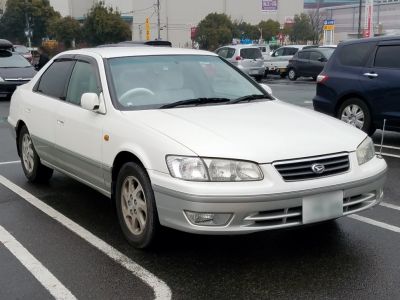
| Production: | 2000-2001 |
|---|---|
| Model Year: | 2000 |
| Length: | 4800-4815 mm189.0-189.6 in |
| Width: | 1785-1795 mm70.3-70.7 in |
| Height: | 1430-1490 mm56.3-58.7 in |
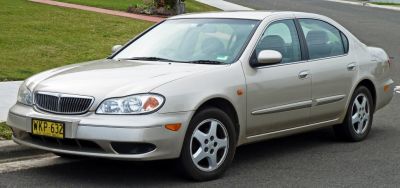
| Production: | 1999-2004 |
|---|---|
| Model Year: | 1998 |
| Length: | 4785 mm188.4 in |
| Width: | 1780 mm70.1 in |
| Height: | 1440 mm56.7 in |
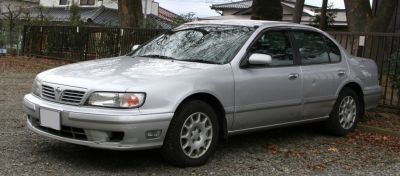
| Production: | 1994-1999 |
|---|---|
| Model Year: | 1994 |
| Length: | 4760 mm187.4 in |
| Width: | 1770 mm69.7 in |
| Height: | 1410 mm55.5 in |
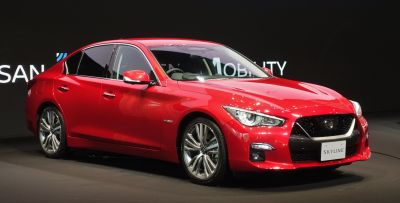
| Production: | 2017-2019 |
|---|---|
| Model Year: | 2017 |
| Length: | 4810 mm189.4 in |
| Width: | 1820 mm71.7 in |
| Height: | 1440-1450 mm56.7-57.1 in |

| Production: | 2014-2017 |
|---|---|
| Model Year: | 2014 |
| Length: | 4790 mm188.6 in |
| Width: | 1820 mm71.7 in |
| Height: | 1440-1450 mm56.7-57.1 in |
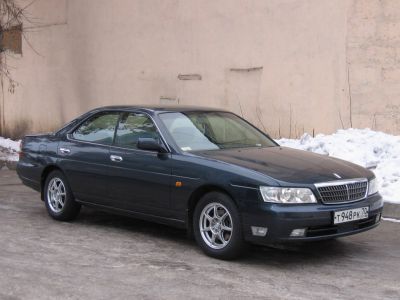
| Production: | 1997-2002 |
|---|---|
| Model Year: | 1997 |
| Length: | 4765 mm187.6 in |
| Width: | 1730 mm68.1 in |
| Height: | 1400 mm55.1 in |
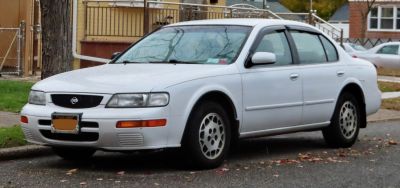
| Production: | 1995-2000 |
|---|---|
| Model Year: | 1995 |
| Length: | 4770 mm187.8 in |
| Width: | 1770 mm69.7 in |
| Height: | 1420 mm55.9 in |
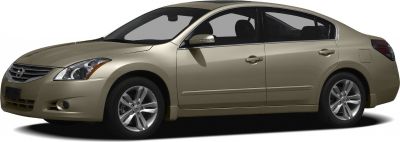
| Production: | 2007-2012 |
|---|---|
| Model Year: | 2007 |
| Length: | 4821 mm189.8 in |
| Width: | 1796 mm70.7 in |
| Height: | 1471 mm57.9 in |
